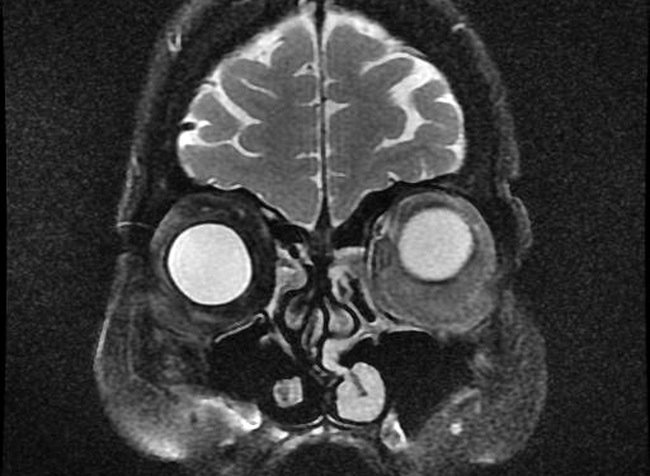Ocular Adnexal Lymphomas : Introduction


Comments:
Ocular Adnexal Lymphomas - Introduction: Hematolymphoid tumors account for 10% of all orbital mass lesions and lymphoma is the most frequently diagnosed orbital malignancy. They make up 1-2% of all lymphomas and about 8% of all extranodal lymphomas. Vast majority of primary ocular adnexal lymphomas are B-cell non-Hodgkin lymphomas (98%). About 60-75% are extranodal marginal zone lymphomas of mucosa-associated lymphoid tissue (or MALT lymphomas). Primary ocular adnexal lymphomas involve orbital soft tissues (most common site), palpebral or bulbar conjunctiva (2nd most common site), lacrimal gland, lacrimal sac, and eyelids. The patients are middle-aged or elderly with a slight female predilection. They are rare in children. Risk factors include autoimmune disorders, IgG4-related sclerosing disease, Chlamydia psittaci (controversy exists), Helicobacter pylori, and HIV infection. With conjunctival lesions, imaging studies should be performed to rule out orbital involvement. Purely conjunctival lesions are less likely than orbital tumors to have associated systemic disease. This MRI with contrast (coronal view) is from an elderly female who presented with swelling of the left eye. It shows a largely extraconal mass lesion in the left inferior orbit. The tumor also involved inferior rectus muscle, orbital septum, lower eyelid, and adjacent conjunctiva. The diagnosis of MALT lymphoma was confirmed on biopsy. Case courtesy of Dr Bahman Rasuli, Radiopaedia.org. From the case rID: 80185



